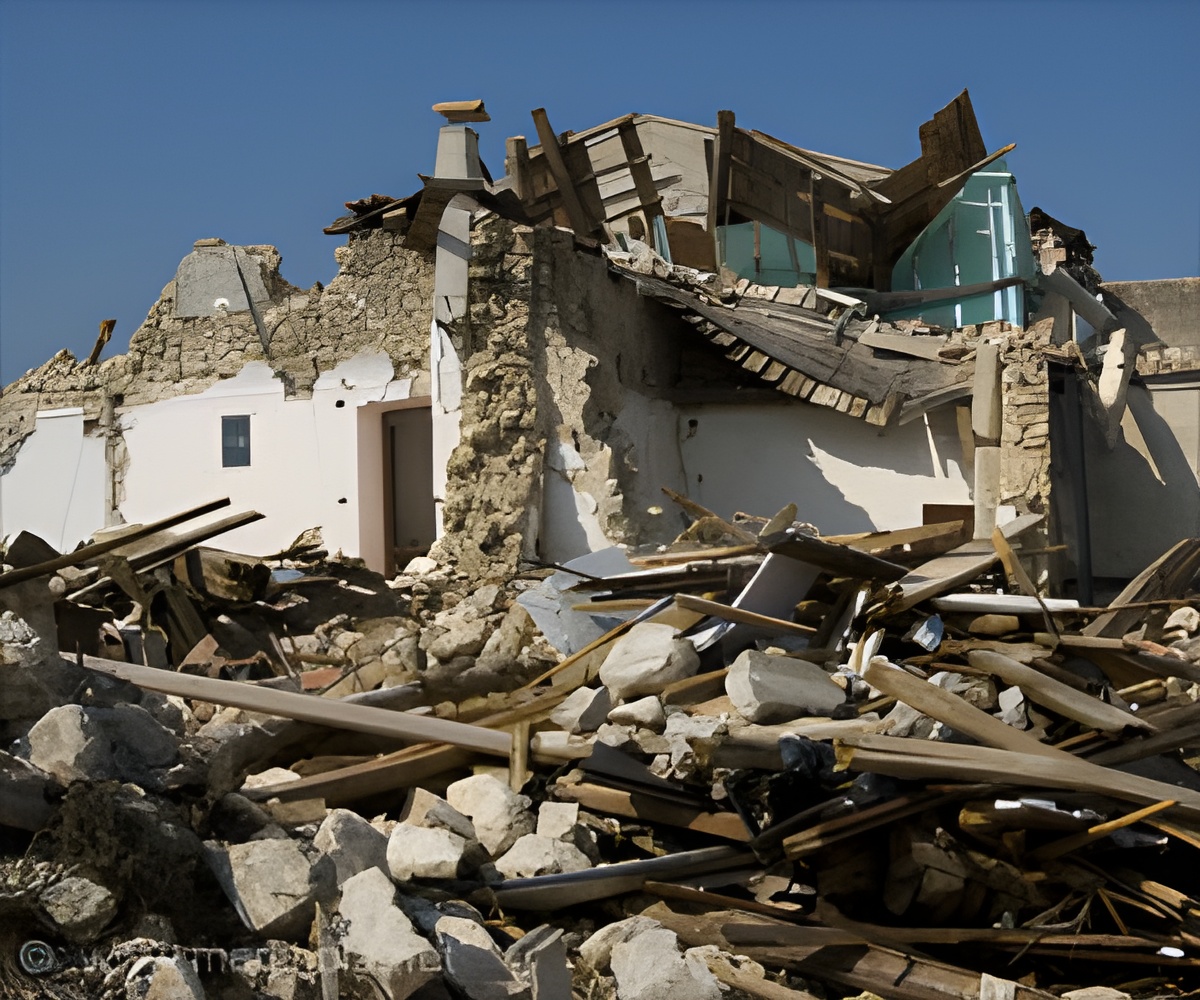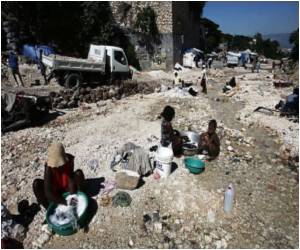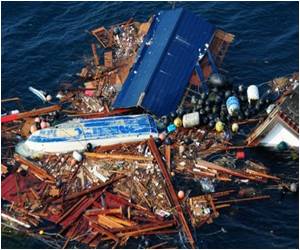As of now, all schools in Nepal have been shut and those standing are used as living shelters. UNICEF is trying to make arrangements for temporary classrooms.

UNICEF is attempting to make arrangements for temporary classrooms for the children. At present, all the schools in Nepal have been shut and those standing are being used as living shelters. The charity also said that there is a need to set up alternate spaces not just for education, but for safety as well. About 30 child friendly spaces has been set up in Kathmandu.
Alongside education, children in Nepal are being vaccinated against Measles due to the lack of sanitation. Prior to the earthquake, about 90 percent of the children were vaccinated against measles. The measles vaccines will be given as part of a vaccination program in cooperation with the Nepalese Ministry of Health and Population and the World Health Organization (WHO). The goal is to protect against measles outbreaks in the informal camps that are inhabited by the quake’s victims.
“Unless we act now, there is a real risk of it re-emerging as a major threat for children, a setback for all of our collective efforts,” Tomoo Hozumi, said in a statement on Monday. The UNICEF representative said that the organization is also doing everything they can to provide clean water and sanitation to those suffering the worst in Nepal.
Source-Medindia










